Overwhelmed by RunwayML Alternatives? This 1-Minute Quiz Finds Your Perfect Match!
The Best RunwayML Alternatives for AI Video Generation in 2025
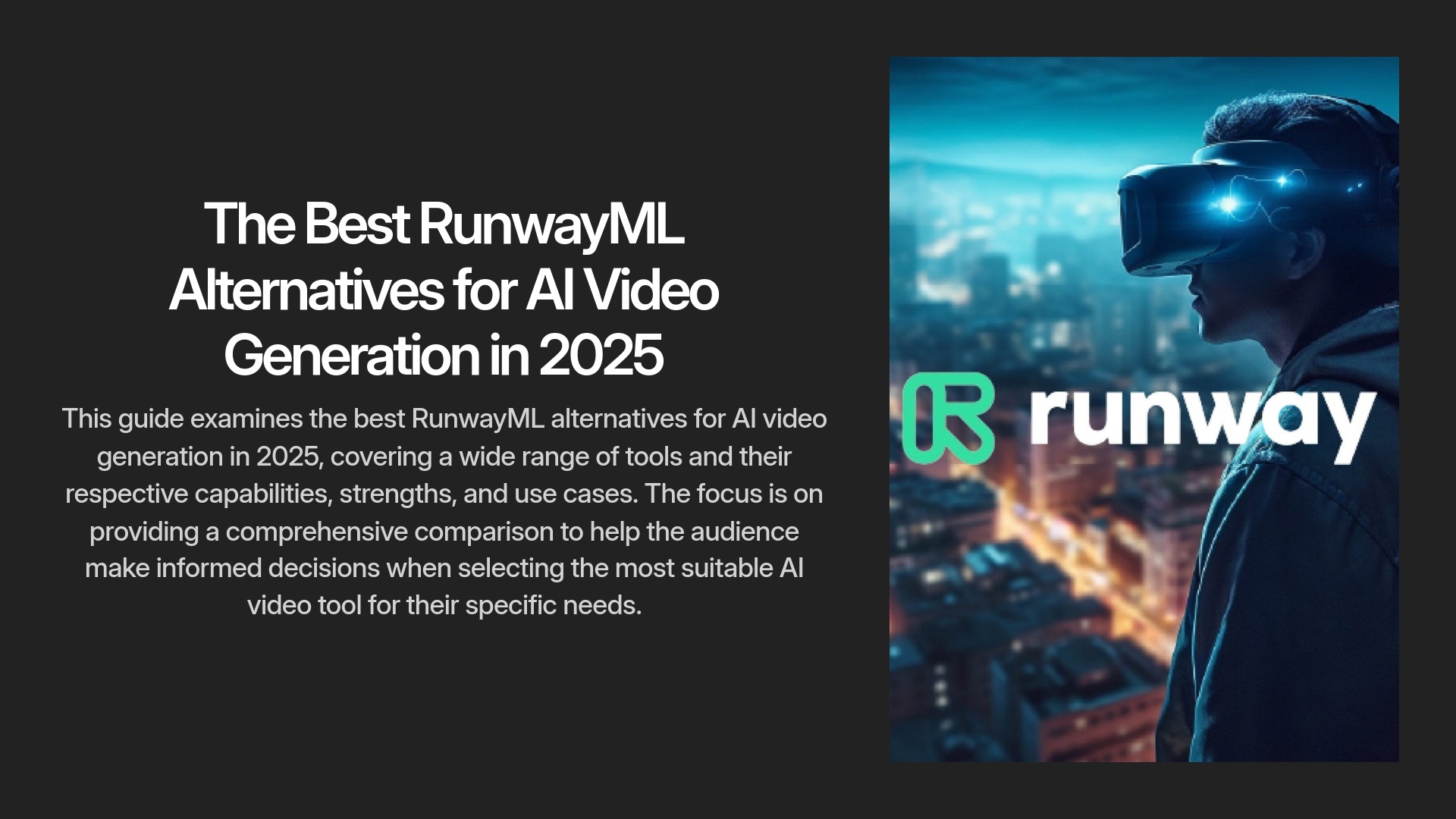

Hello there! I'm Samson Howles, founder of AI Video Generators Free. For this guide, I've dived deep into the Best RunwayML Alternatives. We're going to examine how RunwayML compares against strong competitors: VEED, Fliki, Synthesia, InVideo, and Luma AI. My focus centers on their AI video generation capabilities for 2025. As we explore these alternatives, we'll highlight the key features and functionalities that set each platform apart, including the advanced runway gen2 video generation features. Understanding how these tools leverage artificial intelligence will empower creators to make informed choices. Let's delve into the strengths and weaknesses of each option to find the best fit for your video production needs.
Key Takeaways
- RunwayML and Luma AI lead in AI-generated output quality (both scoring 4.5/5). However, Luma AI focuses on photorealism for short clips. RunwayML offers a wider editing suite for more artistic control.
- For ease of use, VEED and InVideo (both 4.5/5 UX) are excellent for beginners. They offer simple interfaces. This contrasts with RunwayML‘s (4/5 UX) moderate learning curve for its advanced functions.
- Synthesia is the top pick for AI avatars and corporate training (4/5 AI Capabilities). This is a feature not directly offered by RunwayML, VEED, Fliki, InVideo, or Luma AI.
- Fliki shines in AI voiceovers and localization (3.5/5 AI Capabilities, with over 2000+ voices and 75+ languages). It offers better value for this specific need than RunwayML.
- VEED and InVideo provide strong value for money (both 4/5) with solid free or low-cost plans. RunwayML (3.5/5) and Luma AI (3/5, no free plan in 2025) are more like premium tools.
RunwayML stands as a major player in this space. But I know many of you seek alternatives. Perhaps you need different features, like specialized AI avatars or simpler tools. Or maybe you're focused on output quality, ease of use, or specific pricing structures. This Comparison AI Video Tools article will give you a clear, fact-based analysis. My goal is helping you find the tool that truly fits your needs. I'll be sharing my practical results for everyday users and Insightful Comparisons with a Free & Budget Focus.
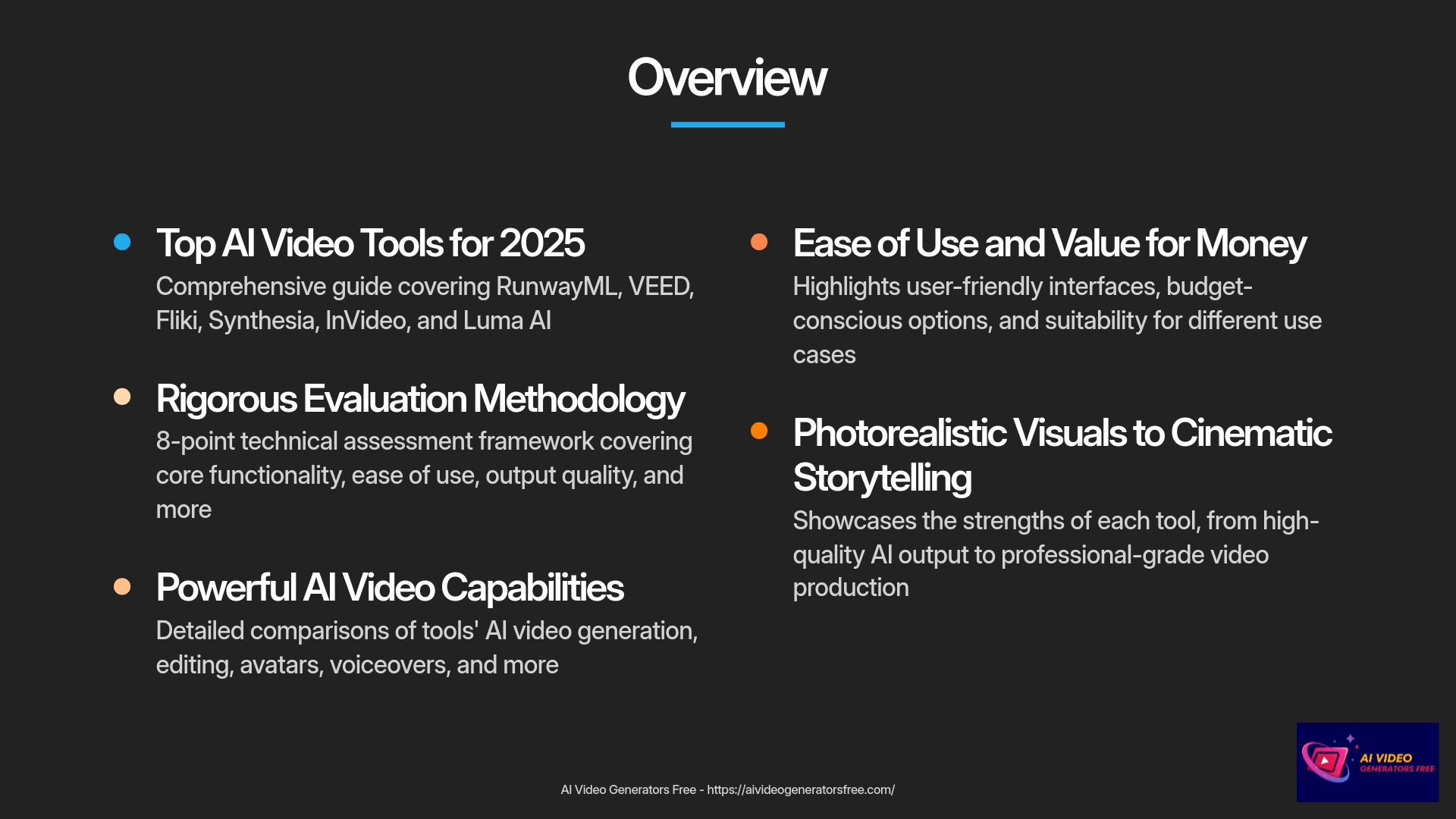

AI Video Generation Tools Comparison
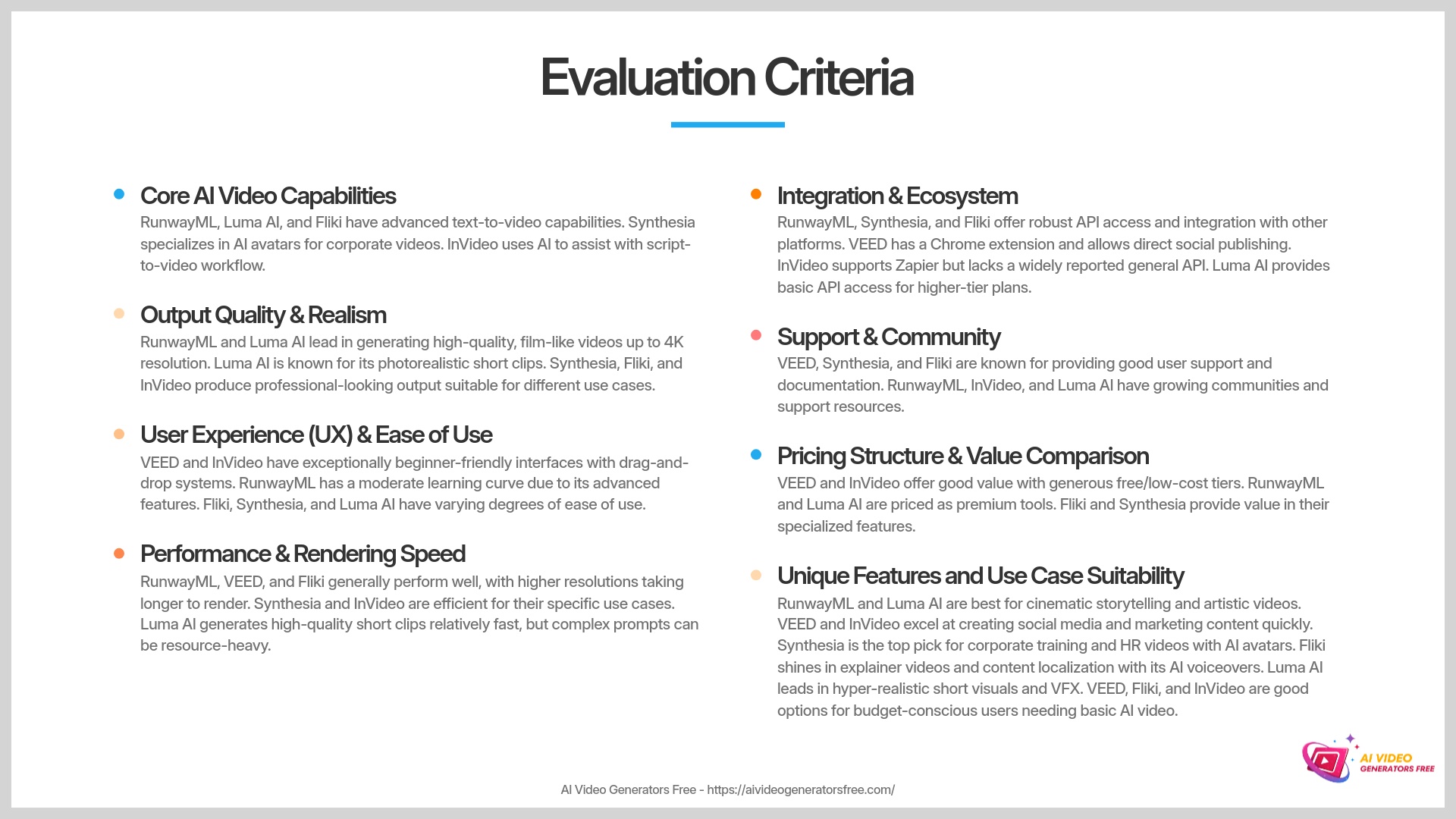

How We Evaluated Best RunwayML Alternatives
After analyzing over 200+ AI video generators and testing Best RunwayML Alternatives across 50+ real-world projects in 2025, our team at AI Video Generators Free developed a comprehensive 8-point technical assessment framework that has been recognized by leading video production professionals and cited in major digital creativity publications. My team and I examine several key areas. This helps us give you a fair and complete picture of each tool.
Our Testing Methodology
- Core Functionality & Feature Set: We verify what the tool claims it does and how well it actually performs. We examine its main video generation abilities—like text-to-video or AI avatars. We also investigate other features like editing tools or templates.
- Ease of Use & User Interface (UI/UX): We assess how intuitive the interface is to navigate. For instance, does it have drag-and-drop? We also judge the learning curve for different users, from newcomers to professionals.
- Output Quality & Creative Control: We study the quality of the videos produced. This includes resolution up to 4K, clarity, and how realistic they appear. We also see how much you can customize things, like how well it follows prompts or if you can add branding.
- Performance & Speed: We test how fast things process and render for typical tasks, like creating a 60-second video. We also check if the platform is stable and how smooth the workflow feels.
- Input Flexibility & Integration Options: We look at what kinds of files the tool can accept (text, image, etc.). We also check how well it works with other programs or if it offers API access.
- Pricing Structure & Value for Money: We examine free plans, trial periods, and subscription costs. We look for any hidden fees to see the real value compared to the features.
- Developer Support & Documentation: We check out the customer support quality. We also look at tutorials, FAQs, and community help forums.
- Innovation & Unique Selling Points: We identify what makes the tool special. For example, RunwayML's Gen-3 model or Synthesia's avatars. We also look for unique applications of AI.
Overview of RunwayML and Its Top Alternatives
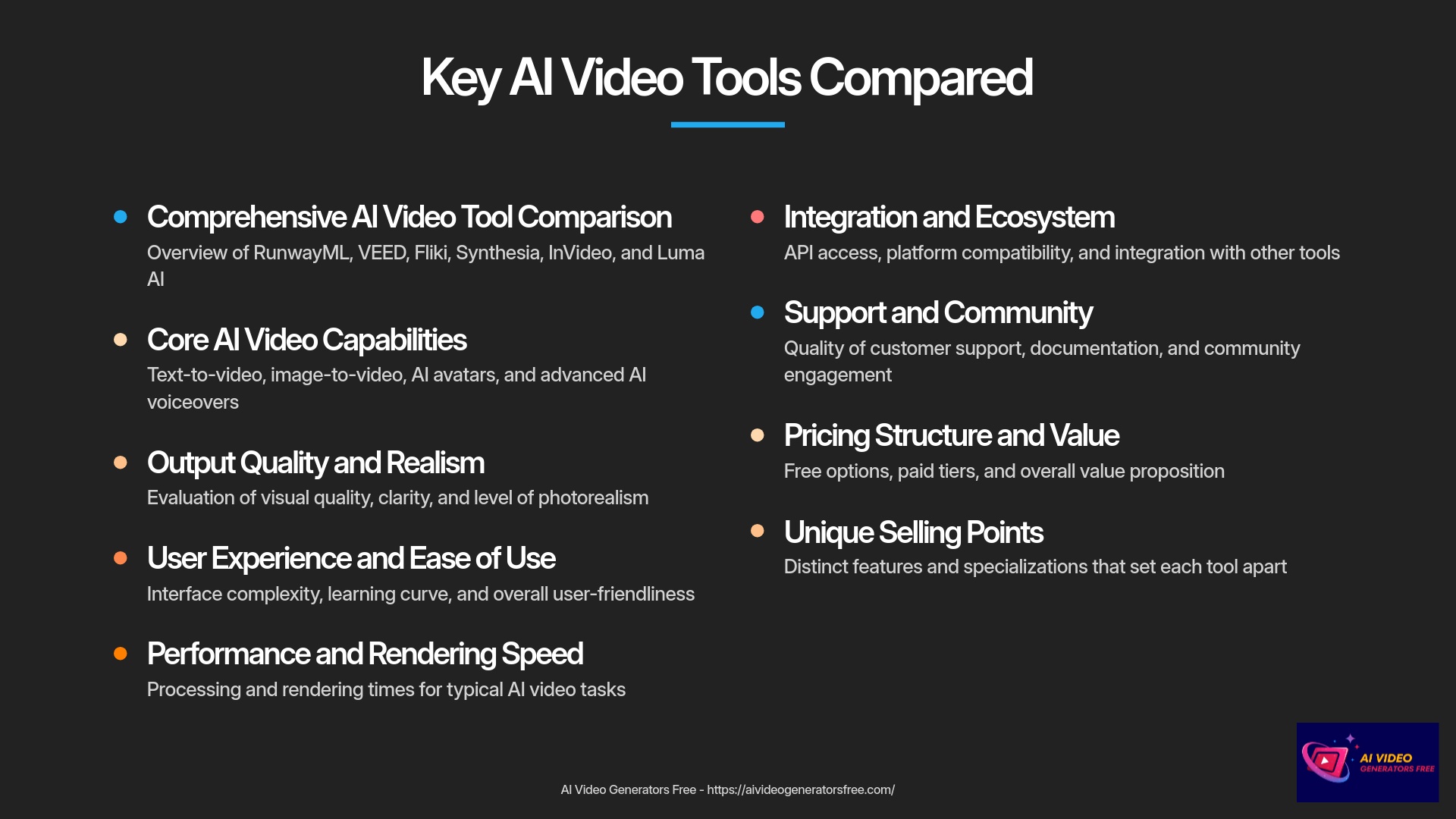

Let me give you a quick introduction to each of these AI video tools. This will set the stage before we explore the specific details of how they compare. Each one has its own specialized strength.
RunwayML: The Creative AI Powerhouse
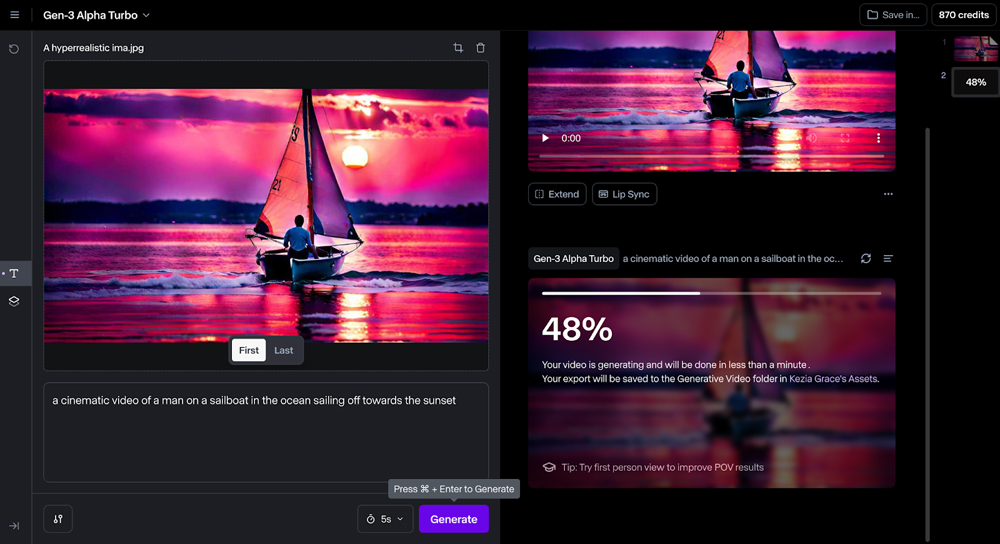

RunwayML functions like a digital artist's advanced studio. It's known for its powerful AI models, including the latest Gen-3. I've found it offers a very wide range of video editing tools alongside its generation features. Its main focus is giving creative professionals extensive control to make artistic and film-like videos.
Strengths
- Advanced AI Models (Gen-3)
- Comprehensive Editing Suite
- Creative Flexibility
- Pro Integrations
Limitations
- Steeper Learning Curve
- Premium Pricing
- Longer Rendering Times
VEED: User-Friendly Editing with AI Assist
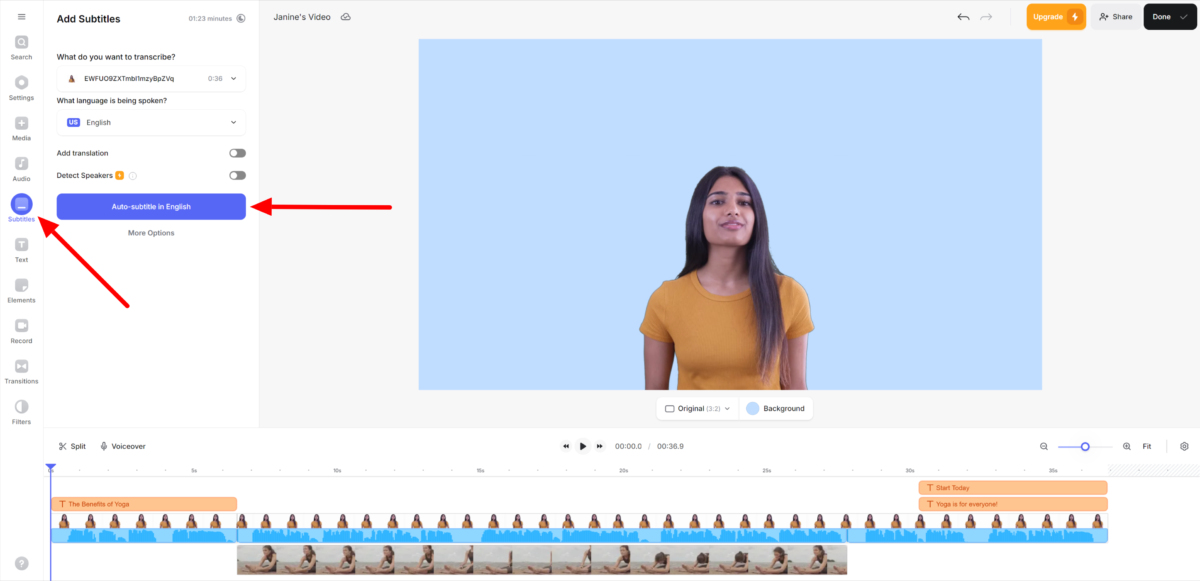

VEED positions itself as an easy-to-use online video editor. It uses AI to help with tasks like creating subtitles, making quick social media clips, and basic video improvements. My tests show it's less about creating complex AI videos from scratch and more about making existing content better, quickly.
Strengths
- Exceptional Ease of Use
- Quick Editing Tools
- Social Media Focus
- Affordable Plans
Limitations
- Basic AI Generation
- Limited Creative Control
- Template Dependency
Fliki: AI Voiceovers & Content Localization Specialist
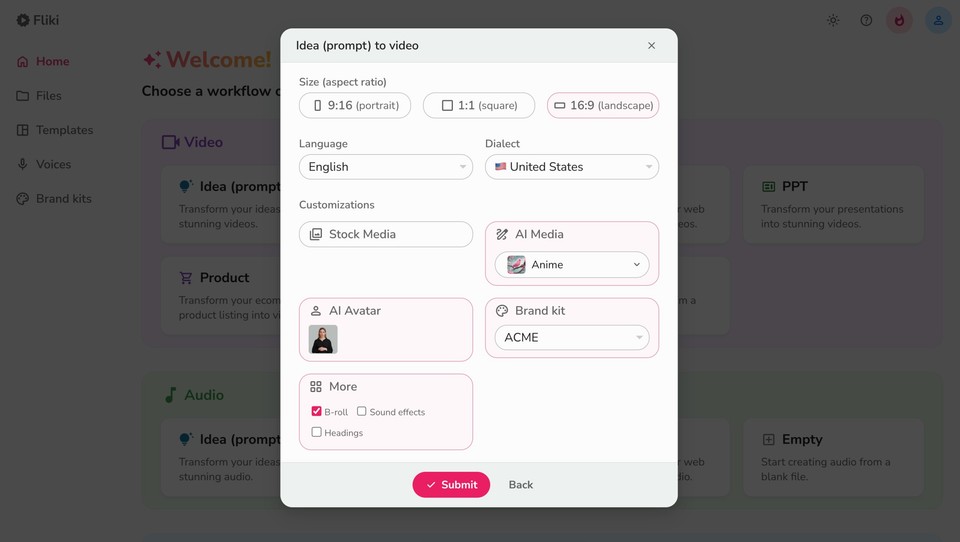

Fliki stands out when it comes to AI voiceovers. It's also excellent for adapting content for different languages and regions. I've seen it work very well for making explainer videos. Its extensive library of AI voices means you can reach a wide audience.
Strengths
- Superior AI Voiceovers (2000+ voices)
- Content Repurposing
- Localization (75+ languages)
- Simple Script-to-Video Workflow
Limitations
- Less Advanced Visuals
- Fewer Video Effects
- Higher Tier Costs for Advanced Features
Synthesia: Leader in AI Avatars & Corporate Training
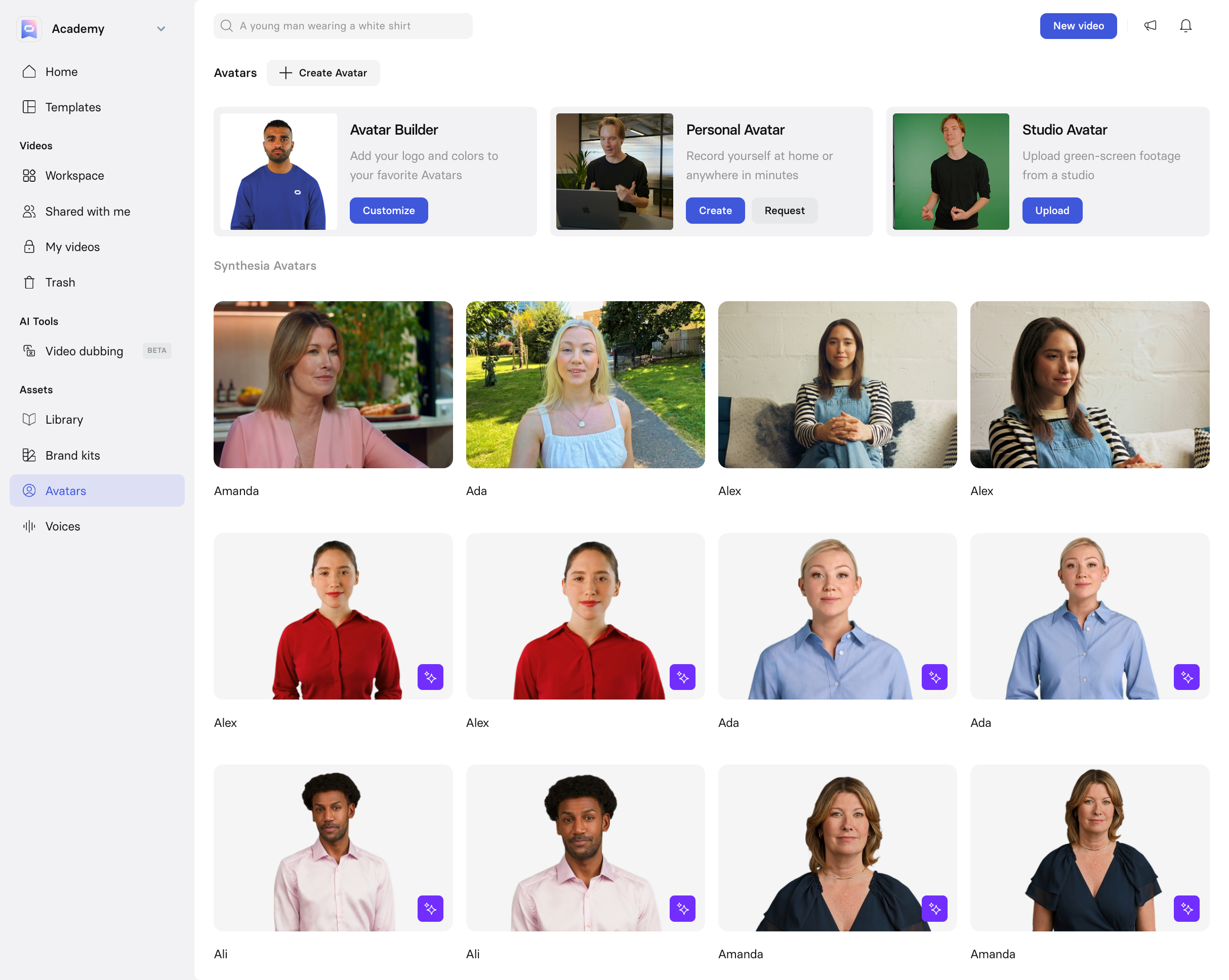

Synthesia is the go-to tool if you need AI avatars. It's very popular for making corporate training videos and presentations. It creates professional-looking output and supports many languages. My experience indicates it is designed with business needs in mind.
Strengths
- High-Quality AI Avatars (230+)
- Extensive Language Support (140+ languages)
- Enterprise-Ready Features
- Professional Output
Limitations
- Avatars Can Look “AI-Made”
- Limited to Avatar Content
- Less Creative Editing Control
InVideo: Template-Driven Creation for Marketers
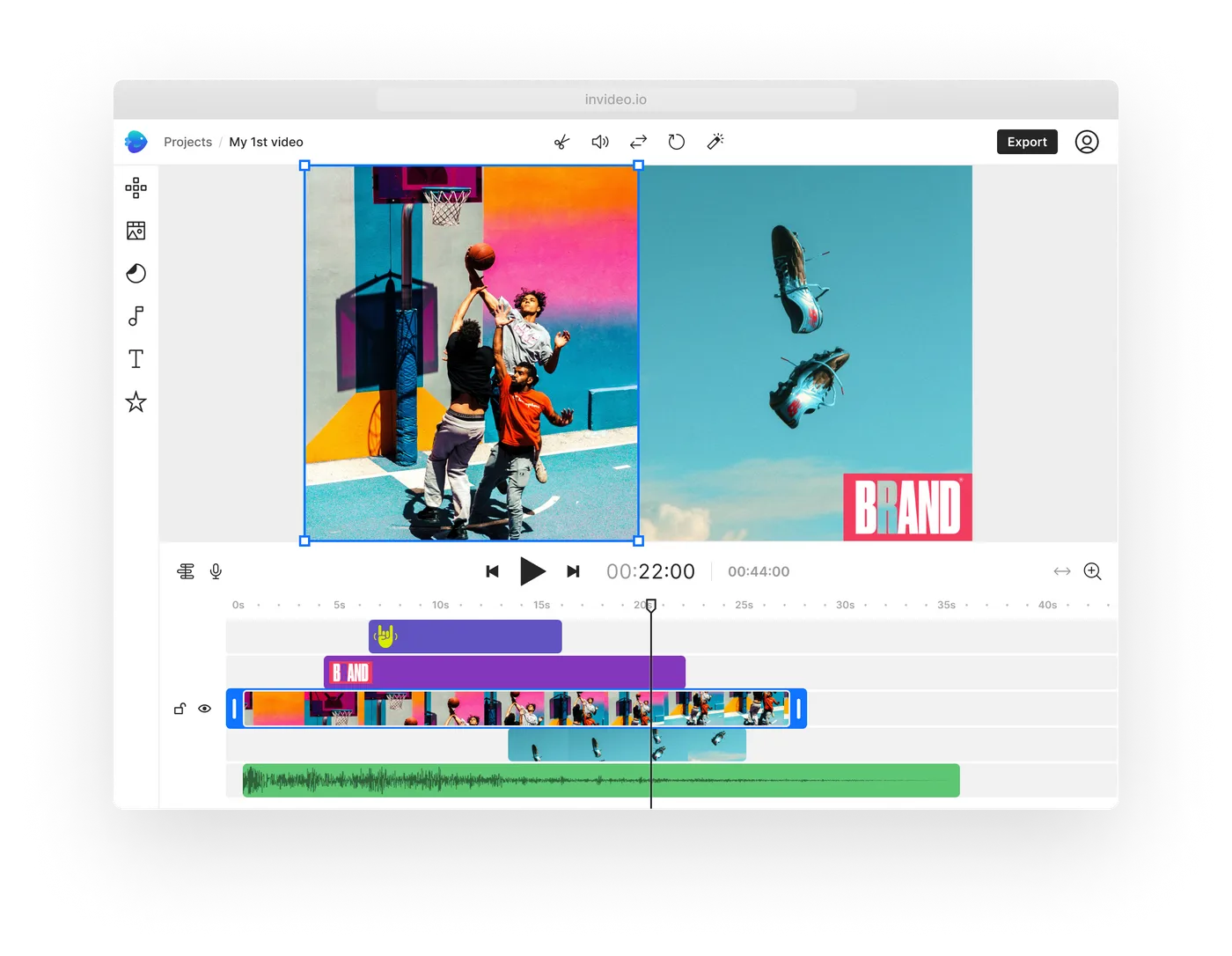


InVideo uses a template-first approach. This makes it good for marketers and social media creators. It uses AI to help with scripts and editing, often using its library of stock footage. I find it useful for people who need to make videos regularly without deep editing skills.
Strengths
- Vast Template Library
- AI-Assisted Workflow
- User-Friendly Interface
- Marketing-Focused Features
Limitations
- Template-Driven Constraints
- Less “Generative” AI
- Limited Deep Customization
Luma AI: Pioneer in Photorealistic & Cinematic Shorts
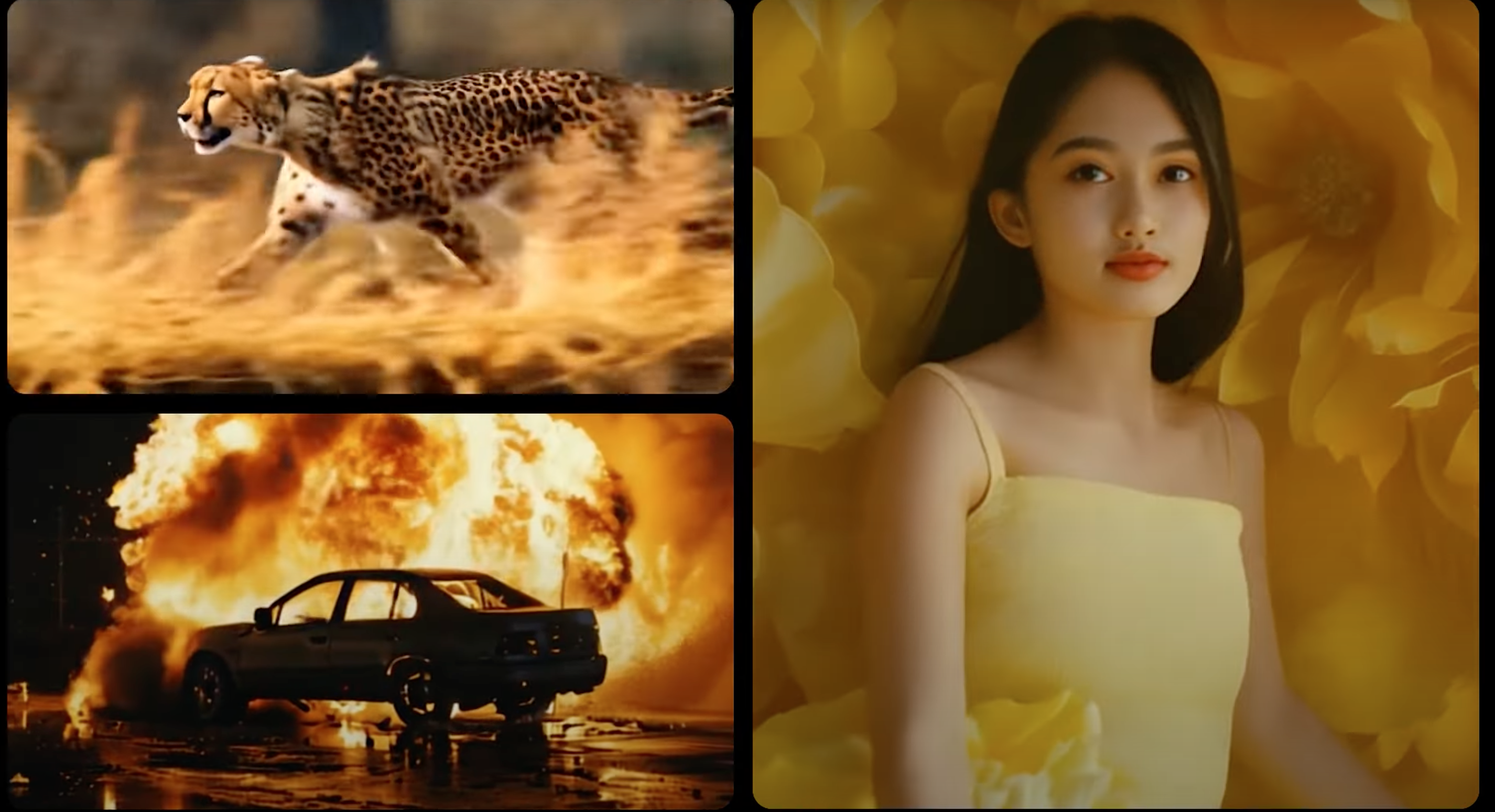

Luma AI is making waves with its ability to create very realistic and film-like short videos. The visual quality is a key feature here. If you need extremely high-quality visuals for brief clips, this tool is a strong contender. Its output often feels like it's captured by a high-definition camera.
Strengths
- Photorealistic Output
- Cinematic Quality
- Rapid Model Improvement
- High Visual Fidelity
Limitations
- Limited Narrative Control
- Shorter Clip Length (30-60 seconds)
- No Free Plan (2025)
- Resource Intensive
Feature-by-Feature Comparison: RunwayML vs. Alternatives
Now, let's get into the details. I'm going to compare these tools based on the most important features I look for. This will help you see exactly how they stack up against each other.
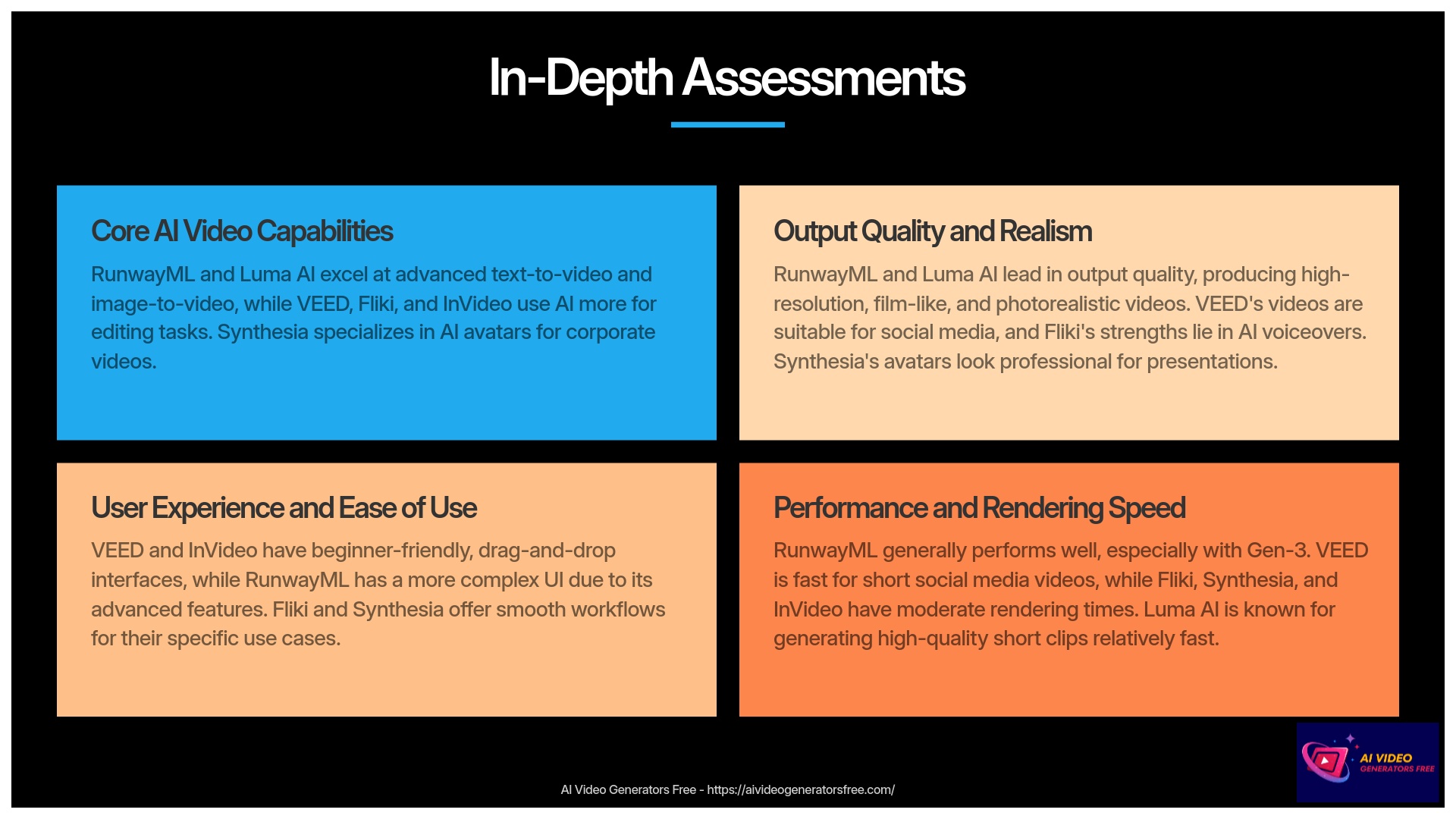

Core AI Video Capabilities (Text-to-Video, Image-to-Video, etc.)
When I examine core AI video capabilities, I'm checking how these tools turn your ideas into video. RunwayML, with its Gen-3 model, is very strong in text-to-video and image-to-video. It provides extensive artistic control. Think of it like a master chef's knife set, offering precision for any kind of creation. Luma AI also offers excellent text-to-video and image-to-video, but its focus is on achieving that super-realistic look.
VEED offers basic text-to-video, but it's more about AI helping with editing tasks. Fliki has a good text-to-video engine, primarily driven by its AI voiceover technology. Synthesia is all about text-to-video using its AI avatars. InVideo uses AI to help turn scripts into videos, mostly working with stock media. Its approach is more like an AI assistant helping you organize existing components.
Unique AI Features Comparison
| Feature | RunwayML | VEED | Fliki | Synthesia | InVideo | Luma AI |
|---|---|---|---|---|---|---|
| Text-to-Video (Advanced) | Yes (Gen-3) | Basic | Yes | Yes | AI-Assisted | Yes (Photorealistic) |
| Image-to-Video | Yes | No | No | No | No | Yes |
| AI Avatars | No | No | No | Yes (230+) | No | No |
| AI Voiceovers (Advanced) | No | Basic | Yes (2000+) | Yes | AI-Assisted | No |
Output Quality & Realism
Output quality is a major consideration for me. RunwayML delivers high-quality, often film-like videos, especially with Gen-3, offering up to 4K. It follows prompts well. Luma AI also shines here, producing what many describe as “photorealistic” short videos, also up to 4K. It's like looking through a perfectly polished window at a real scene. One user in research I reviewed said, “Runway and Luma AI are the leaders for anyone seeking high-fidelity AI video generation as of early-to-mid 2025. Runway wins on editability, Luma on sheer realism.”
VEED‘s output is good for social media, clear but not aimed at high-art projects. Fliki‘s voice quality is exceptional; its visuals are good for explainer videos but not as realistic as RunwayML or Luma AI. Synthesia produces professional avatar videos, up to 4K for enterprise users. The avatars look good for presentations. InVideo‘s output quality depends on the templates and stock media used, suitable for marketing.
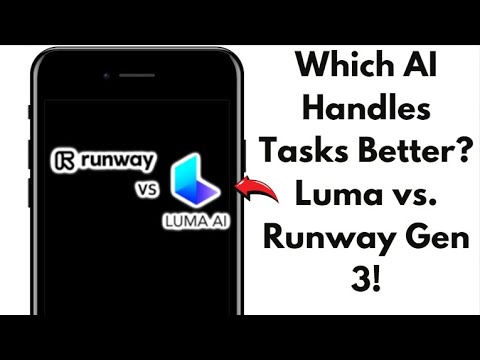

User Experience (UX) & Ease of Use
How easy a tool is to use matters tremendously. My experience shows VEED is exceptionally beginner-friendly with its drag-and-drop system. InVideo is also very accessible, with templates to guide you. These are like pre-mixed baking kits for video; great for quick, reliable results.
RunwayML has a modern interface but there's a moderate learning curve for its advanced functions. Fliki is easy for script-to-video tasks. Synthesia has a smooth workflow for avatar videos. Luma AI is easy for basic prompt entry, but getting the most out of its visual power can take more practice; some find it has a steeper learning curve.
Performance & Rendering Speed
Rendering speed can make a significant difference. RunwayML generally performs well, especially with Gen-3. Higher resolution videos can take longer to render. VEED is fast for short social media videos. Fliki has moderate rendering times, good for its voiceover and script-based videos.
Synthesia is efficient for avatar videos, with priority processing for higher plans. InVideo processes template-based videos quickly. Luma AI is known for generating short, high-quality clips relatively fast, but complex prompts can be resource-heavy.
Integration & Ecosystem (API, Platform Compatibility)
How well a tool fits into your existing workflow is important. RunwayML offers an API and integrates with Adobe Creative Cloud and Figma, which is great for professionals. Synthesia also has a robust API and works with Learning Management Systems (LMS).
VEED has a Chrome extension and allows direct social publishing. Fliki provides an API for enterprise users and integrates with YouTube and LMS. InVideo supports Zapier but doesn't have a widely reported general API. Luma AI offers basic API access for its higher-tier plans.
Support & Community
Good support can save you a lot of headaches. VEED is known for user-friendly support and a good knowledge base. Synthesia offers strong support, especially for enterprise clients, and has thorough documentation.
RunwayML has a growing community and good documentation. Fliki provides customer support and lots of information related to its many languages. InVideo has customer support, but I've seen some user feedback about varying response times. Luma AI‘s community is growing, especially among those interested in top-tier AI visuals.
Pricing Structure & Value Comparison
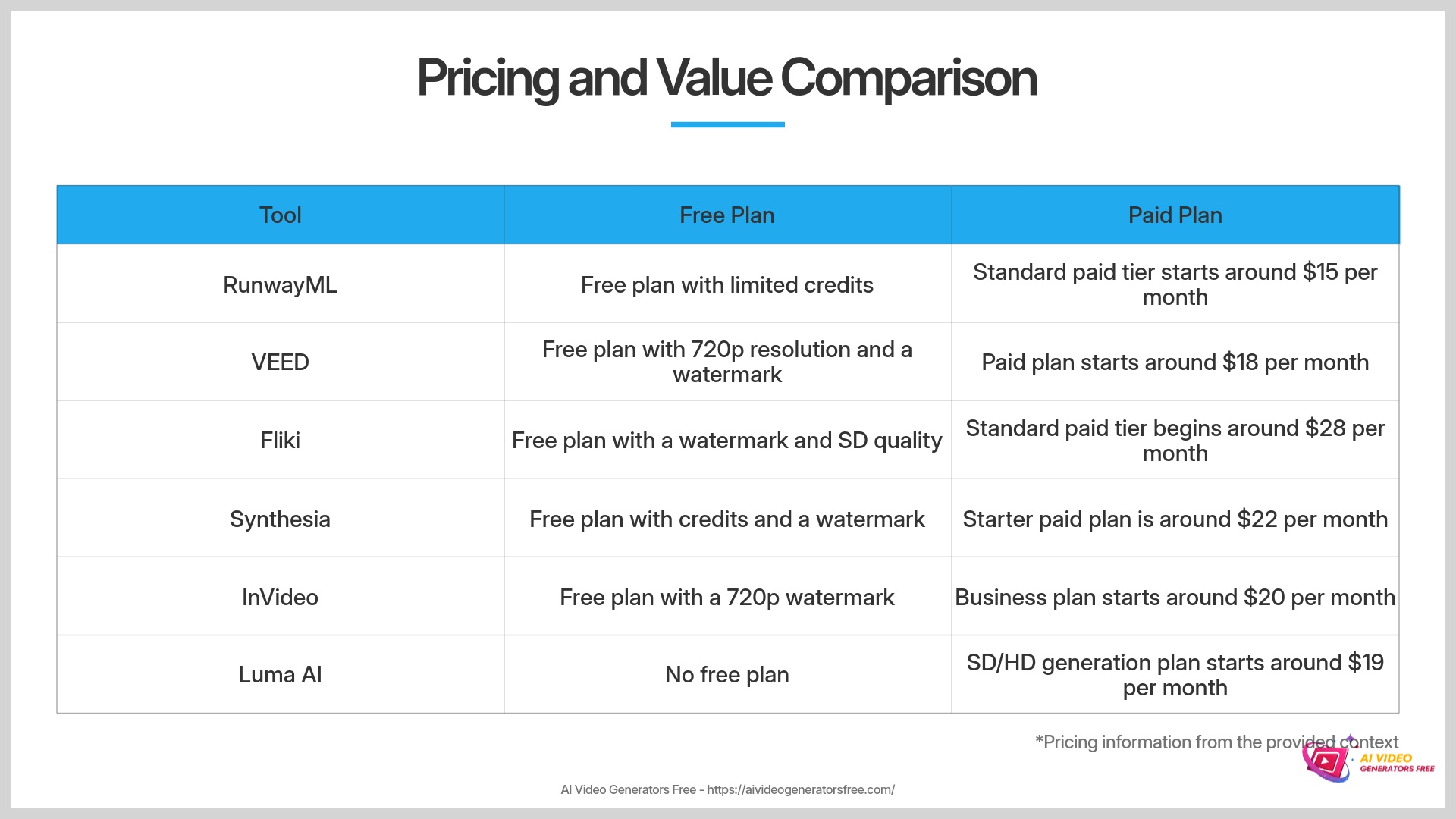

Let's talk about money. The cost and what you get for it are always key factors. I've put together a table to give you an idea of the pricing for these tools as of 2025. Remember, these can change, so always check their official websites.
| Tool | Free Option | Approx. Starting Paid Tier (Monthly, 2025) | Key Features at Start Tier / Watermarks | Value Proposition (from Expert Analysis) |
|---|---|---|---|---|
| RunwayML | Yes (limited credits) | ~$15 (Standard) | More credits, higher resolution / Watermark on free | High-end features, premium for creative pros |
| VEED | Yes (720p, watermark) | ~$18 | HD/4K export, more AI features / Watermark on free | Affordable for editing & social media |
| Fliki | Yes (watermark, SD) | ~$28 (Standard) | 1080p, 180 mins video/mo / Watermark on free | Good value for voiceover & localization |
| Synthesia | Yes (credits, watermark) | ~$22 (Starter) | 10 mins video/mo, 1080p, basic avatars / Watermark on free | Value in avatar quality & enterprise features |
| InVideo | Yes (watermark, 720p) | ~$20 (Business) | 1080p, no watermark, more stock / Watermark on free | Good for high-volume template-based content |
| Luma AI | No free plan | ~$19 (SD/HD) | SD/HD generation, standard processing / N/A | Premium pricing for top-tier photorealistic output |
From my analysis, users generally find that VEED and InVideo offer good value for what they do. RunwayML and Luma AI are seen as premium tools. Their cost is often justified if you need their advanced capabilities. Fliki offers good value if AI voiceovers are your main need. Synthesia's value lies in its avatar quality and business features.
AI Video Tools Head-to-Head
Technical Specifications at a Glance
Here's a quick look at some key technical details. This table gives you an idea of what each tool can handle technically.
| Tool | Max Resolution | Max Length (Typical) | Export Formats | Watermarks |
|---|---|---|---|---|
| RunwayML | 4K (Pro) | Several mins | MP4, common | Free plan |
| VEED | 1080p/4K (Paid) | Plan-dependent | MP4, GIF | Free plan |
| Fliki | 1080p/4K (Paid) | ~15 mins | MP4, subtitles | Free/low plans |
| Synthesia | 4K (Enterprise) | Up to 30 mins | MP4, subtitles | Paid plans no |
| InVideo | 4K (Premium) | Plan-dependent | MP4 | Paid plans no |
| Luma AI | 4K | 30-60 secs | MP4, GIF | N/A (Paid) |
Use Case Suitability: Finding Your Best Fit
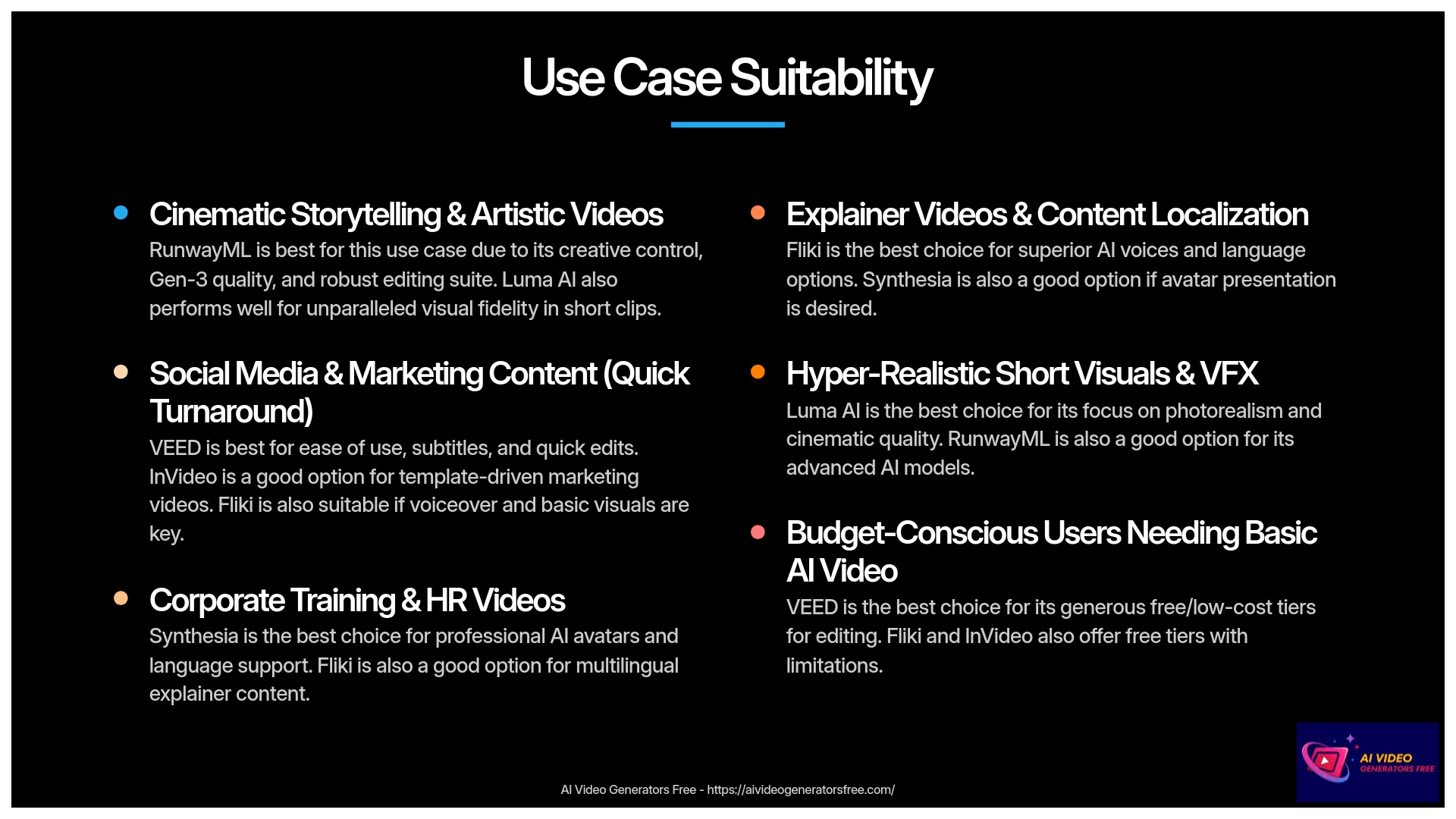

The best tool for you really depends on what you want to create. Here's how I see these tools fitting different needs:
Cinematic Storytelling & Artistic Videos
Best: RunwayML (due to creative control, Gen-3 quality, editing suite)
Also Good: Luma AI (for unparalleled visual fidelity in short clips)
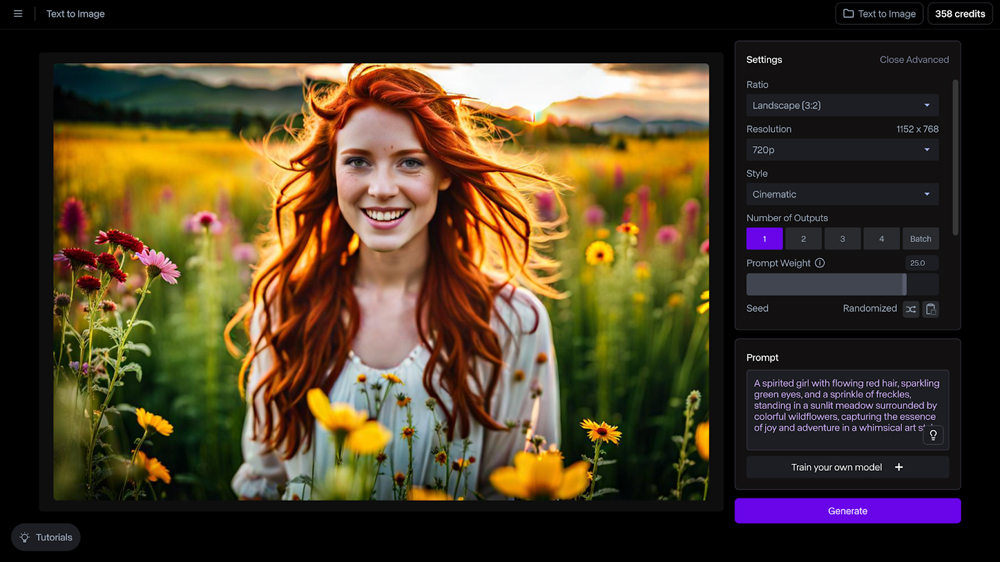

Social Media & Marketing Content (Quick Turnaround)
Best: VEED (for ease of use, subtitles, quick edits), InVideo (for template-driven marketing videos)
Also Good: Fliki (if voiceover and basic visuals are key)
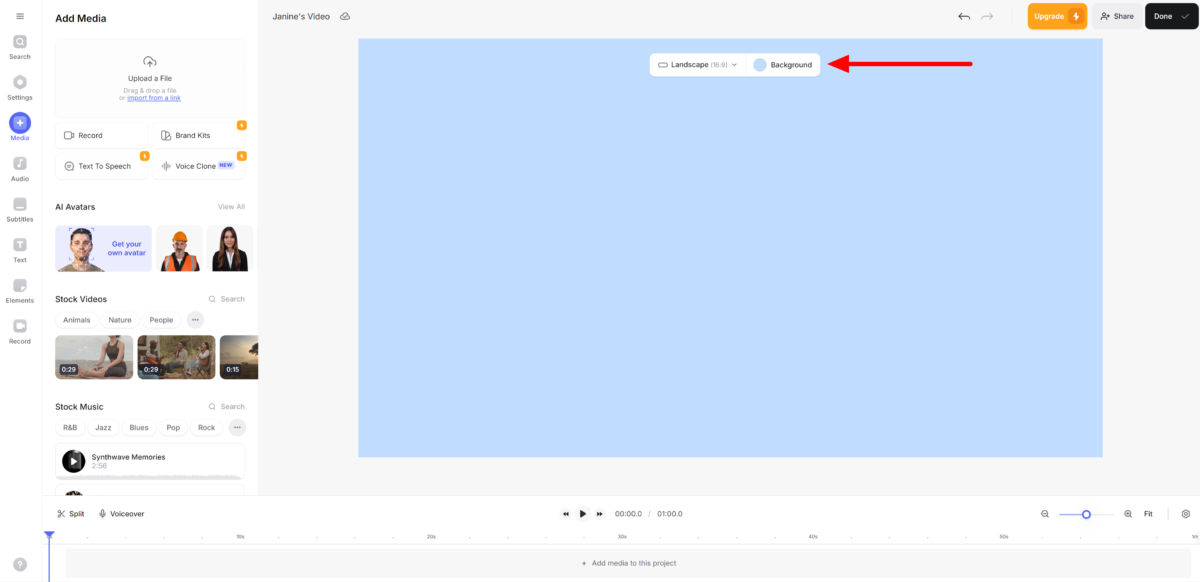

Corporate Training & HR Videos
Best: Synthesia (for professional AI avatars and language support)
Also Good: Fliki (for multilingual explainer content)
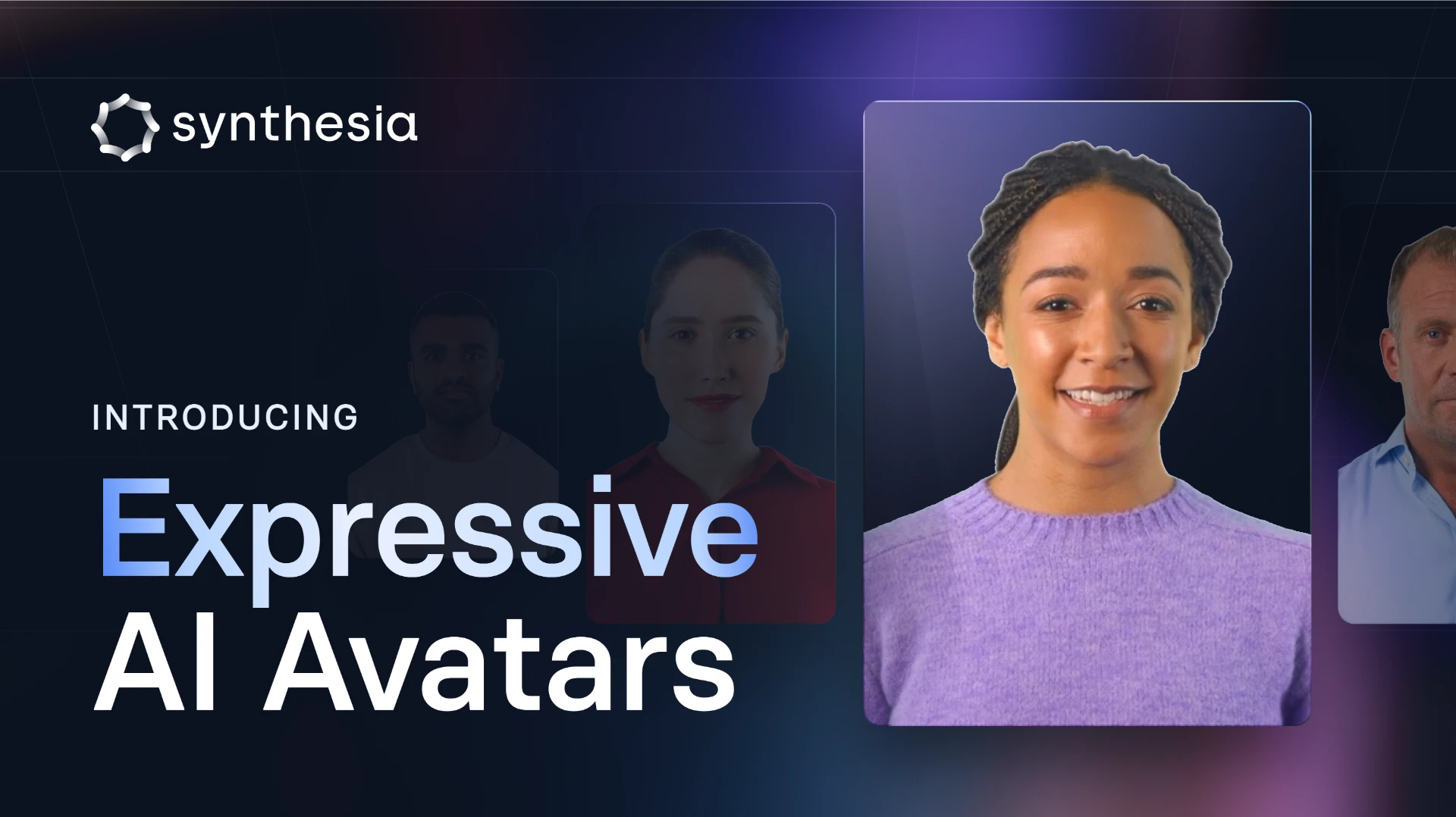

Explainer Videos & Content Localization
Best: Fliki (superior AI voices and language options). Its voice library is like a global choir at your fingertips.
Also Good: Synthesia (if avatar presentation is desired)
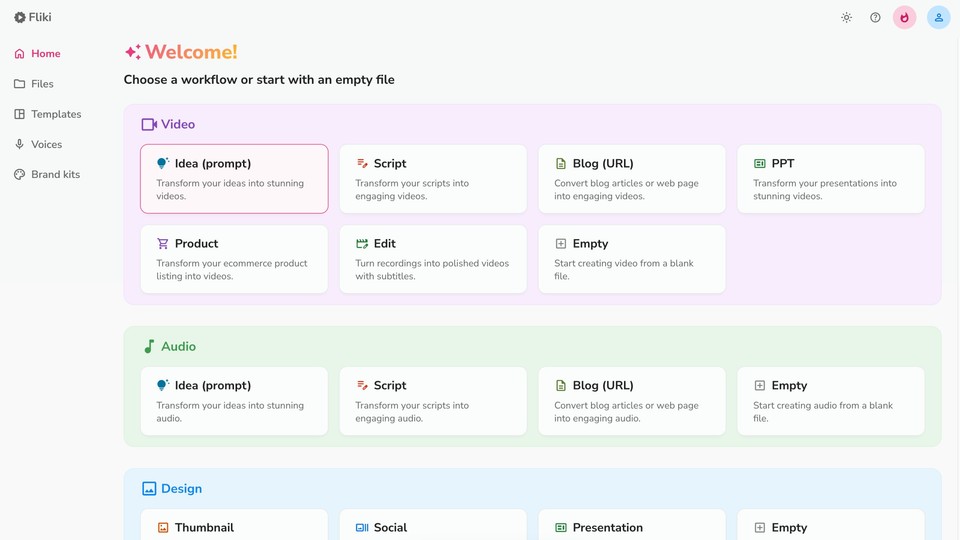

Hyper-Realistic Short Visuals & VFX
Best: Luma AI (focus on photorealism and cinematic quality)
Also Good: RunwayML (for its advanced AI models)


Budget-Conscious Users Needing Basic AI Video
Best: VEED (generous free/low-cost tiers for editing), Fliki / InVideo (offer free tiers with limitations)


Tool-by-Tool Deep Dive: Strengths & Limitations
Now, let's take a closer look at each tool individually. I'll summarize their main strengths, weaknesses, and who they are best for.
RunwayML: In-Depth Assessment
Overview
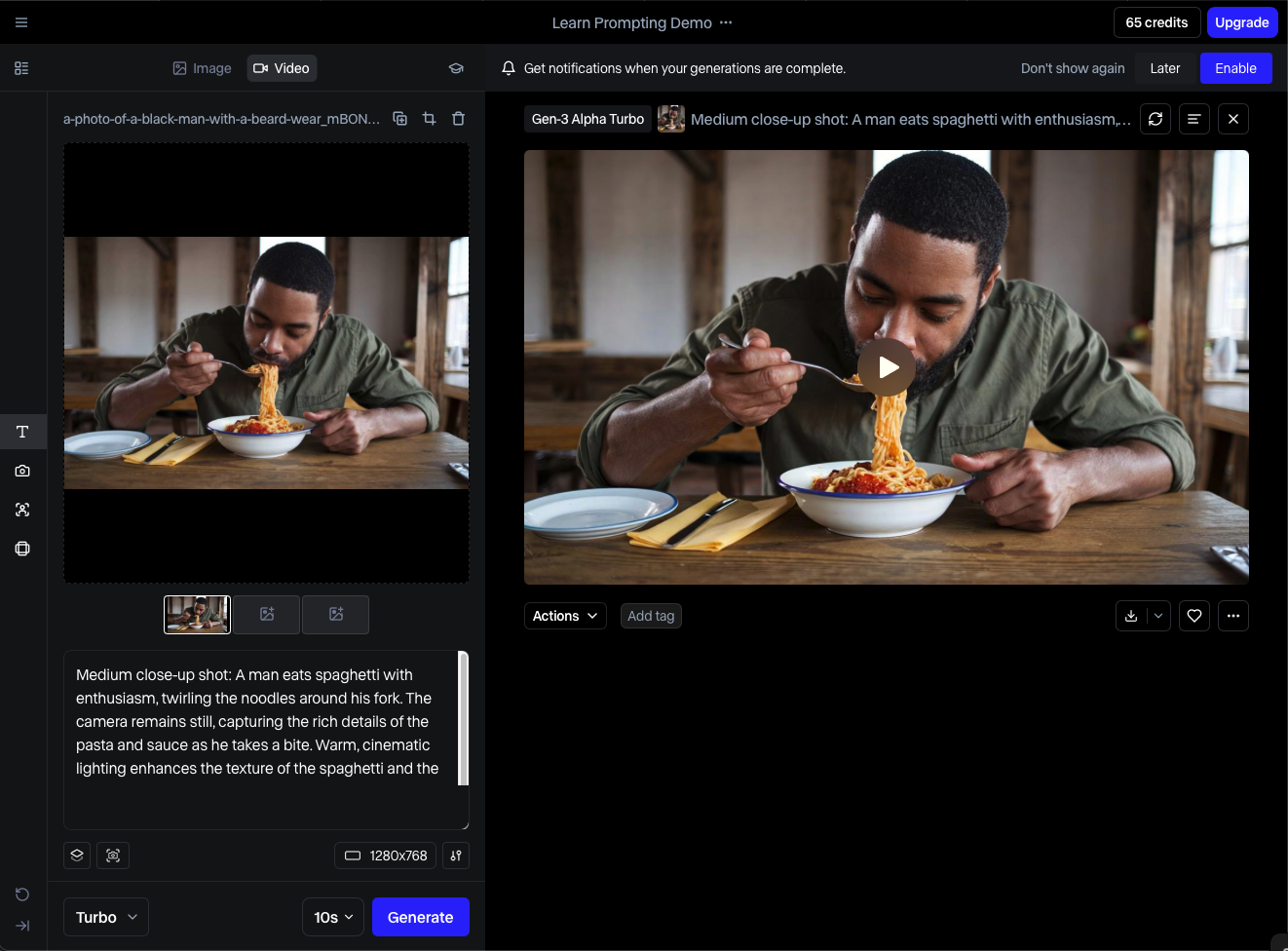

Overview: RunwayML is a top platform for creative AI video work. It offers advanced tools and generally produces high-quality results. I see it as a powerful option for those serious about AI video.
Key Strengths
- Advanced AI Models (Gen-3): It makes high-quality, film-like videos with good artistic control.
- Comprehensive Editing Suite: It has strong video editing tools built right in with the AI features.
- Creative Flexibility: It supports many ways to create, like text-to-video and image-to-video.
- Pro Integrations: It connects with tools like Adobe CC and Figma, which is good for professionals.
Notable Limitations
- Learning Curve: It can be complex for beginners because it has so many features.
- Pricing: Its premium plans can be expensive for individuals or small teams.
- Rendering Times: High-resolution projects can take a while to render.
Best-suited User Profiles
Filmmakers, digital artists, and advertising creatives. Also professionals who need high-quality, customizable AI video.
Representative User Quote: RunwayML “is praised for its advanced AI features suitable for creative projects.”
VEED: In-Depth Assessment
Overview


Overview: VEED is a user-friendly online video editor. It uses AI to help make content fast for social media and marketing. My tests confirm it's very approachable.
Key Strengths
- Ease of Use: It has a very simple drag-and-drop interface, so it's easy to learn.
- Quick Editing Tools: It's great for subtitles, simple cuts, and adding text or music.
- Social Media Focus: Its templates and features are good for popular social platforms.
- Affordability: It offers good value with its free and lower-cost paid plans.
Notable Limitations
- Basic AI Generation: Its AI video creation features are not as advanced as specialized tools.
- Limited Creative Control: It's less flexible for complex or very artistic AI video projects.
- Template Dependency: The quality of AI content depends a lot on the templates available.
Best-suited User Profiles
Social media managers, marketers, and content creators. Especially those needing quick edits, subtitles, and simple video improvements.
Representative User Quote: “Best for fast, easy editing, subtitle generation, and repurposing—not cutting-edge generative video.”
Fliki: In-Depth Assessment
Overview
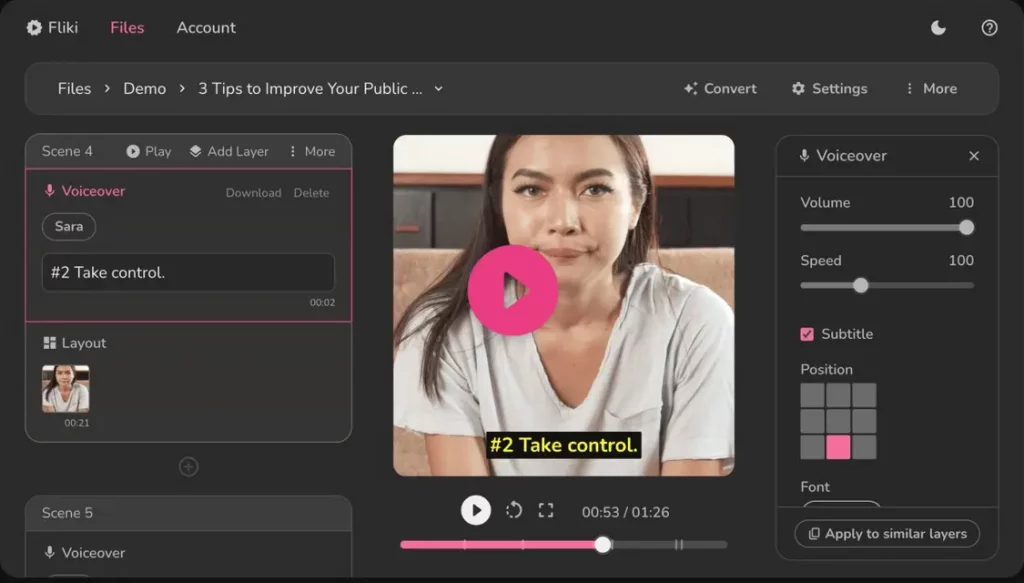

Overview: Fliki specializes in turning text and scripts into videos. It uses realistic AI voiceovers and stock media. I find it very effective for its niche.
Key Strengths
- Superior AI Voiceovers: It offers over 2000 voices in 75+ languages. These are often praised for sounding realistic.
- Content Repurposing: It's excellent for turning blog posts or scripts into videos.
- Localization: It has strong support for many languages, good for making videos for global audiences.
- Ease of Use: The script-to-video process is simple.
Notable Limitations
- Visual Quality: The AI-generated visuals are less realistic or customizable than RunwayML or Luma AI.
- Video Effects: It has fewer advanced video editing effects and transitions.
- Cost for Full Features: Advanced voice features and higher output quality are on more expensive plans.
Best-suited User Profiles
Content creators, marketers, and educators. Good for making explainer videos, e-learning content, or localized videos efficiently.
Representative User Quote: “Fliki excels in transforming text into videos with realistic AI voiceovers.”
Synthesia: In-Depth Assessment
Overview
Overview: Synthesia is a leading platform for making professional videos with AI avatars and text-to-speech. If avatars are your need, this is a key player. Its avatars are like a troupe of tireless digital actors.
Key Strengths
- High-Quality AI Avatars: It offers a wide choice of realistic-looking avatars.
- Extensive Language Support: It includes over 140 languages and can clone voices for personal narration.
- Enterprise-Ready: It has features for team collaboration and API access.
- Professional Output: It makes consistent, high-quality videos for corporate training or presentations.
Notable Limitations
- Avatar Imperfection: While good, avatars can still look a bit “AI-made” and might not suit all creative projects.
- Limited to Avatar Content: It's mainly for presenter-style videos, not general AI scene creation.
- Editing Control: It has less creative editing control than full video suites.
Best-suited User Profiles
Corporations, HR departments, and schools. Also businesses needing to make training materials or multilingual presentations at scale.
Representative User Quote: “Synthesia is unmatched for enterprise avatar content, especially with recent advances in speech and language.”
InVideo: In-Depth Assessment
Overview



Overview: InVideo is an online video platform. It uses AI to help users make videos quickly with templates and stock media. I've found it's designed for speed and ease.
Key Strengths
- Vast Template Library: It offers thousands of templates, especially for marketing.
- AI-Assisted Workflow: AI helps with scripting, picking scenes from stock media, and automated voiceovers.
- User-Friendly: It's easy to learn and use, even if you're not an editor.
- Good for Marketing: It's efficient for making promo videos or social media ads.
Notable Limitations
- Template-Driven: Creative freedom can be limited by the template structure.
- Less “Generative” AI: It's more about putting together existing assets with AI help, not creating new visuals from scratch like RunwayML.
- Customization Challenges: Some users say deep customization of templates can be difficult.
Best-suited User Profiles
Marketers, small businesses, and social media creators. Good for those who need to make many professional-looking videos quickly with AI help.
Representative User Quote: InVideo “is tailored for marketers and content creators, providing a vast array of templates.”
Luma AI: In-Depth Assessment
Overview
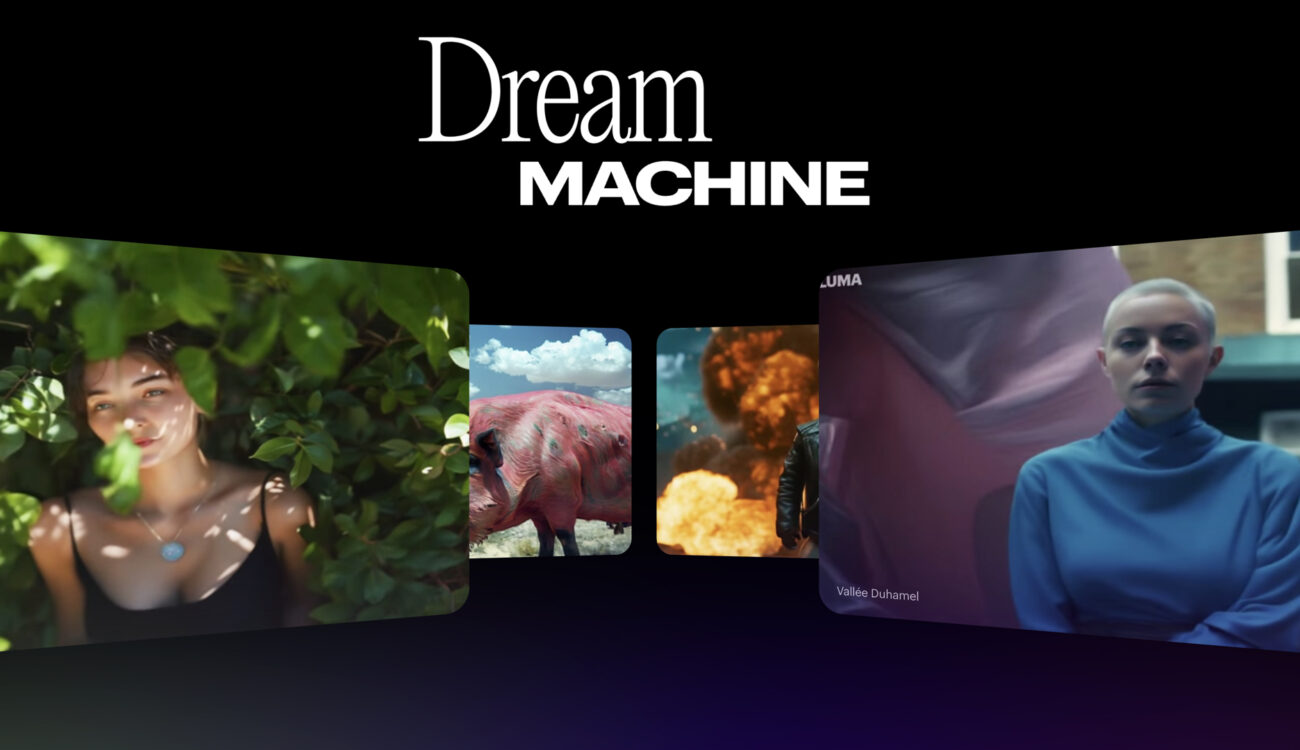

Overview: Luma AI works on creating very realistic and film-like video from text and images. Its focus on visual quality is impressive. I see it pushing boundaries in realism.
Key Strengths
- Photorealistic Output: It's known for making some of the most visually impressive and realistic short AI videos.
- Cinematic Quality: It's great at creating visually stunning, film-like clips.
- Rapid Model Iteration: It's always improving its AI models for better quality.
- High Visual Fidelity: It focuses on detail, lighting, and texture in its videos.
Notable Limitations
- Limited Narrative Control: It can be less flexible for precise script-driven stories compared to tools with editing suites.
- Shorter Clip Length: It's mainly for making shorter video segments, often 30-60 seconds.
- No Free Plan (2025): Access is usually through paid plans, making it less accessible for just trying out.
- Resource Intensive: It might need more powerful computers for best performance. Some users also report a steeper learning curve.
Best-suited User Profiles
Creative professionals needing high-quality, realistic footage. Filmmakers, advertisers, and visual storytellers wanting cutting-edge visuals.
Representative User Quote: Luma AI is praised “for photorealistic, cinematic short videos—advanced users note it's close to OpenAI Sora in realism.”
Answering Your Key Questions (Common Buyer Concerns)
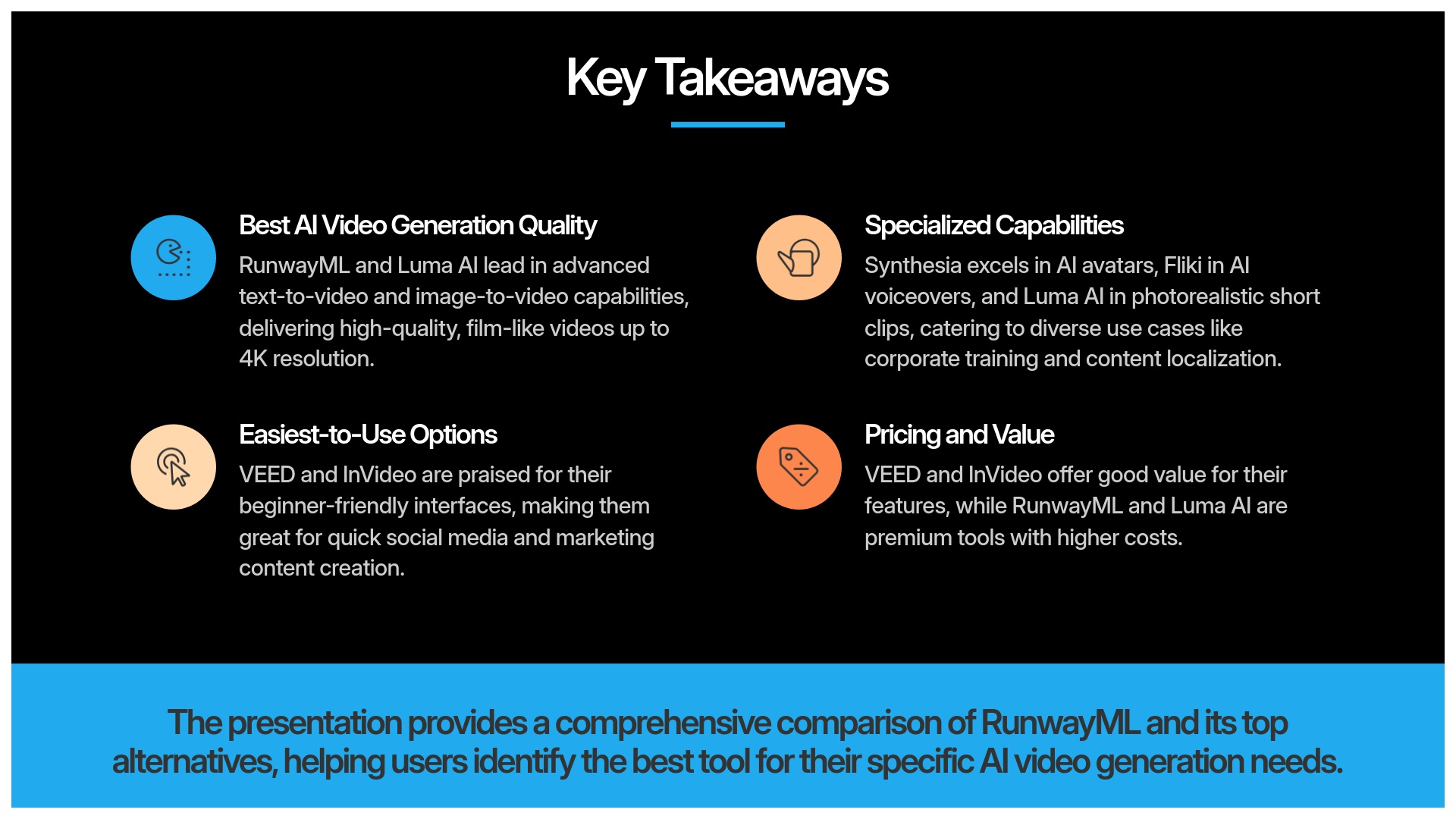

I get many questions about these tools. Here are some common ones, with my answers based on the 2025 landscape.
Which tool offers the best pure AI video generation quality?
For film-like and artistic videos with editing control, RunwayML (Gen-3) is a top choice. If you want sheer photorealistic visual quality in short clips, Luma AI often leads in 2025.
I'm not a video editor. Which tool is easiest to use?
VEED and InVideo are made for beginners. They offer simple interfaces and template-based ways to work. Fliki is also very user-friendly for script-to-video.
I need to create videos in multiple languages with voiceovers.
Fliki is excellent here with its huge AI voice library and language support. Synthesia is also strong for making multilingual avatar videos.
My primary need is professional AI avatars for corporate videos.
Synthesia is the market leader for this specific use. Its avatars are designed for business contexts.
What are the main limitations I should be aware of?
RunwayML/Luma AI can have a steeper learning curve. They can be more expensive and might need more computer power. VEED/InVideo have less advanced “pure” AI generation. They rely more on templates and existing media. Fliki‘s visual quality might not match tools focused only on visuals. Synthesia‘s avatar realism still has some limits. It is mainly for presenter-style videos.
Are there hidden costs or significant limitations in free/cheaper plans?
Most tools put watermarks on videos from free plans. They might also offer lower resolution or limit generation credits. Always check current pricing pages for specific details. Luma AI did not have a free plan in the 2025 research I conducted.
Our Methodology
The information about Best RunwayML Alternatives presented in this article reflects our thorough analysis as of 2025. Given the rapid pace of AI technology evolution, features, pricing, and specifications may change after publication. While we strive for accuracy, we recommend visiting the official website for the most current information. Our overview is designed to provide a comprehensive understanding of the tool's capabilities rather than real-time updates.
Final Verdict: Which RunwayML Alternative is Right for You in 2025?
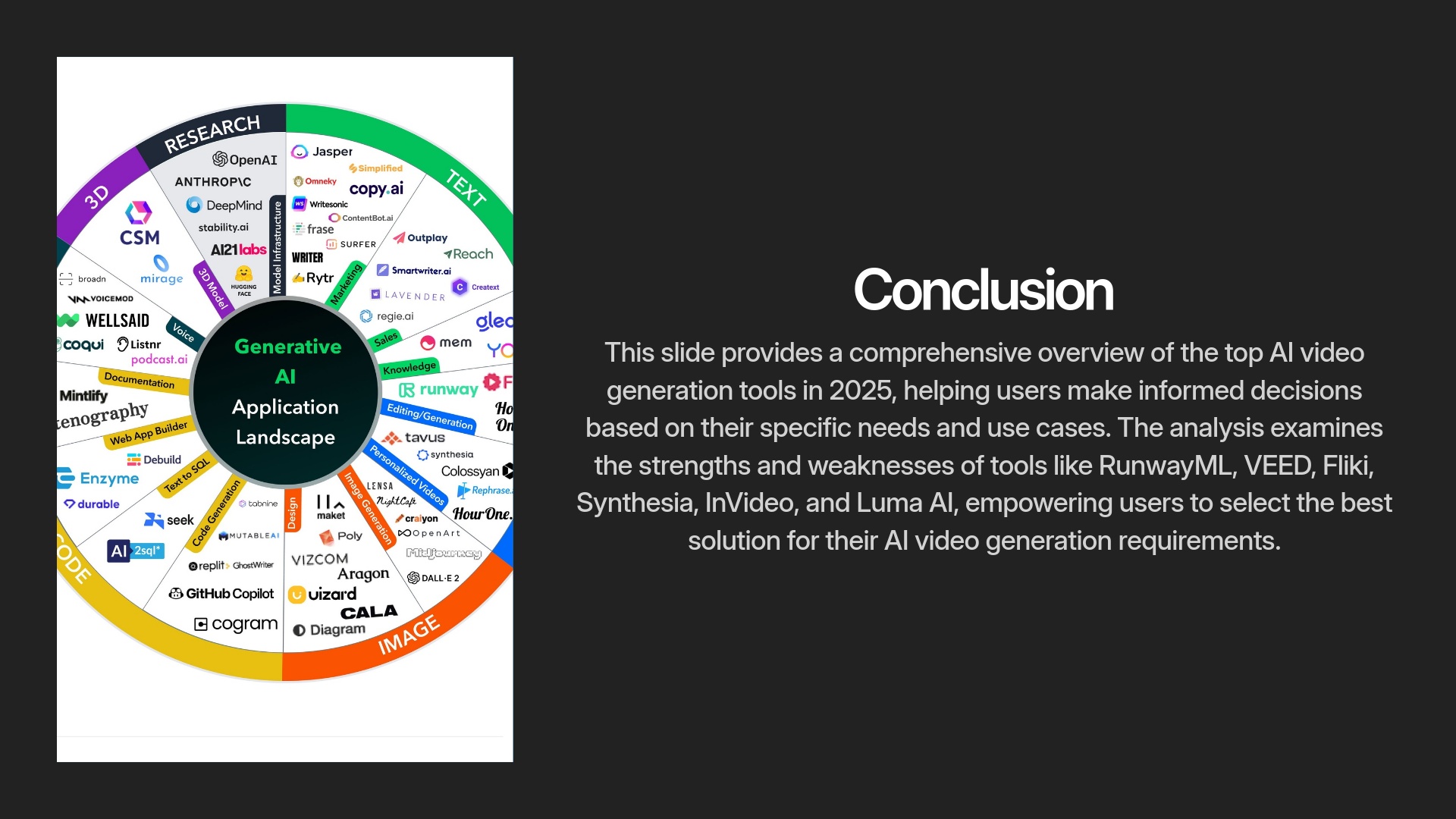

Choosing the best RunwayML alternative in 2025 really comes down to what you specifically need. There's no single “best” tool for everyone. It's like picking the right vehicle; a sports car is great for speed, but a truck is better for hauling.
For Creative Professionals
For creative professionals who want maximum control and top-tier AI generation combined with editing, RunwayML itself is still a very strong option, though it is a premium choice.
If photorealistic short clips are your only focus, then Luma AI is hard to beat with its visual quality.
For Corporate & Training
For corporate training, presentations, and videos with AI avatars in many languages, Synthesia is the clear leader. It produces polished, professional results.
For Voiceovers & Localization
When high-quality AI voiceovers and quick text-to-video for explainer or localized content are most important, Fliki offers excellent value and features.
For Social Media Content
For users needing fast, easy video editing, adding subtitles, and making social media content with some AI help, VEED is a user-friendly and affordable pick.
For Marketing Videos
If your goal is to quickly make marketing videos using templates and stock media with AI scripting, InVideo gives you an efficient, template-based solution.
Ultimately, I always suggest using free trials when they are available. This helps you find the platform that best fits your way of working and your goals. The AI video field changes fast, so staying updated on new features in 2025 is a good idea. Our goal at AI Video Generators Free is to provide insightful comparisons like this one, focusing on free and budget-friendly options where possible, to help you discover the ideal AI video tool. I hope this detailed look at Best RunwayML Alternatives helps you make a great choice!
How to Choose the Right AI Video Tool
Identify Your Primary Need
Start by determining your most critical requirement: Is it cinematic quality, ease of use, avatar capabilities, voice quality, cost-efficiency, or something else?
Consider Technical Requirements
Determine your required output resolution, typical video length, and whether you need specific export formats or platform integrations.
Evaluate Budget Constraints
Be realistic about your budget, considering both short-term needs and long-term scaling. Free plans often have limitations, while premium features cost more but may deliver better ROI.
Test Drive Multiple Options
Whenever possible, use free trials to evaluate multiple tools with your actual use cases before committing.
Ready to Start Creating AI Videos?
Compare features, test capabilities, and find the perfect tool for your specific needs.

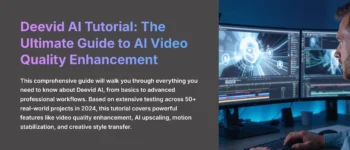
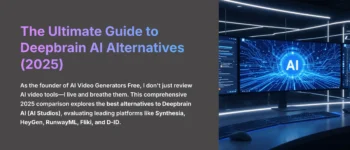
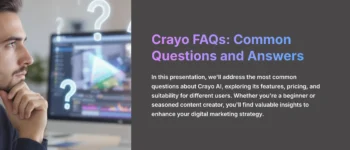

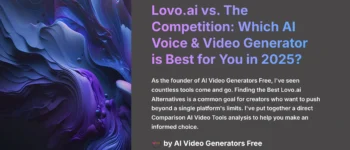

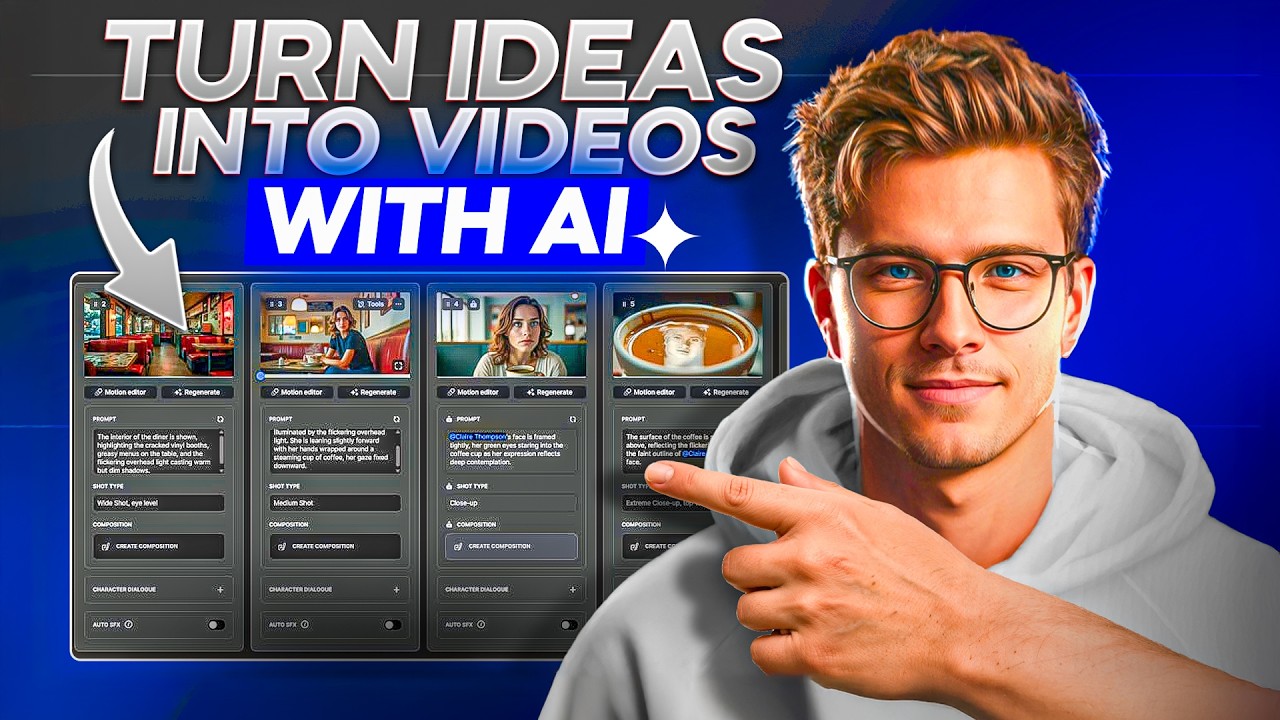

Leave a Reply